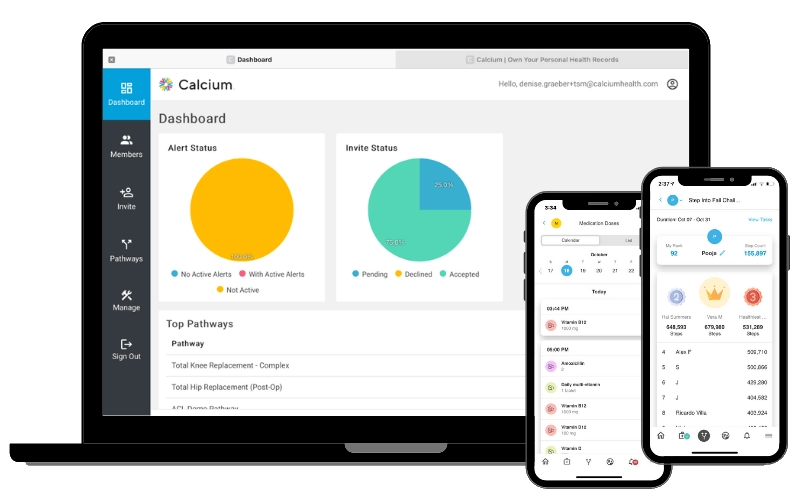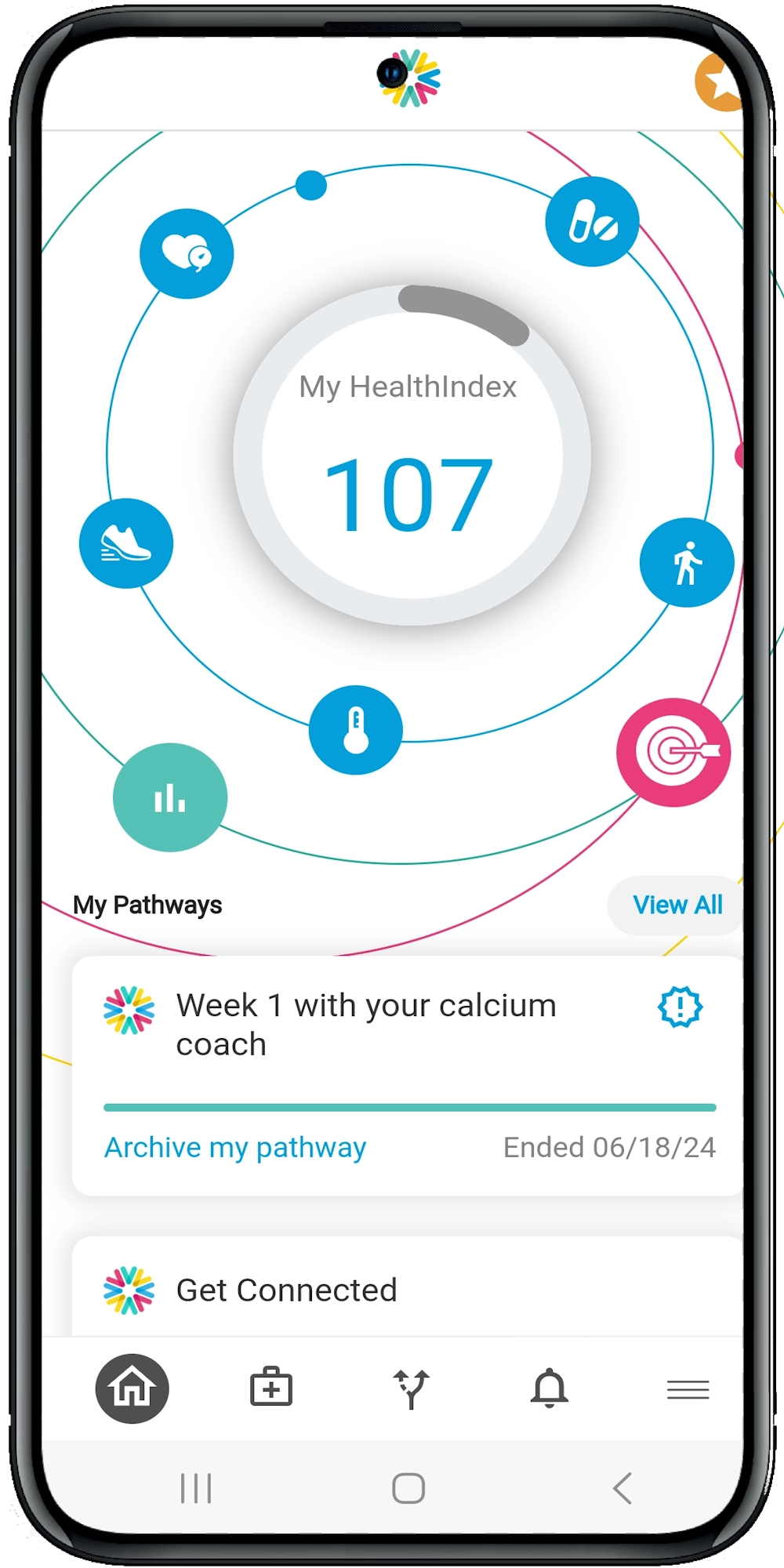The Benefits of Remote Monitoring for Chronic Condition Patients
Why Remote Monitoring?
Enhanced Patient Engagement
Remote monitoring empowers patients to take an active role in managing their health. When patients can see their health data in real-time, they become more engaged and motivated to adhere to treatment plans. Think of it as giving them a roadmap to their health journey.
- Real-time Feedback: Immediate access to health metrics can prompt patients to make healthier choices.
- Personalized Care: Patients can tailor their lifestyle changes based on real-time data, making their care more personalized and effective.
Improved Care Coordination
For healthcare providers, remote monitoring offers a seamless way to coordinate care. It’s like having a continuous thread of information that keeps everyone in the loop.
- Data Sharing: Real-time data can be shared with the entire care team, ensuring everyone is on the same page.
- Timely Interventions: Early detection of potential issues allows for timely interventions, preventing complications before they escalate.
Reduced Hospitalizations
One of the most compelling benefits of remote monitoring is its potential to reduce hospitalizations. By catching problems early, remote monitoring can prevent the need for emergency care.
- Early Detection: Continuous monitoring can identify warning signs before they become serious.
- Preventive Care: Regular monitoring encourages preventive measures, reducing the likelihood of hospital admissions.
How Does Remote Monitoring Work?
Wearable Devices
Wearable devices like smartwatches and fitness trackers can monitor vital signs such as heart rate, blood pressure, and glucose levels. These devices are often connected to mobile apps that store and analyze the data.
Mobile Health Apps
Mobile apps can track a variety of health metrics, from medication adherence to physical activity levels. They can also send reminders to patients to take their medication, exercise, or attend appointments.
Telehealth Platforms
Telehealth platforms enable virtual consultations, allowing healthcare providers to review patients’ data and provide feedback without the need for an in-person visit. This is particularly beneficial for patients with mobility issues or those living in remote areas.
Cloud-Based Systems
Cloud-based systems store patients’ data securely and make it accessible to authorized healthcare providers. This ensures that data is always available when needed, facilitating better decision-making.
Real-World Applications
Diabetes Management
For diabetic patients, continuous glucose monitors (CGMs) can track blood sugar levels throughout the day. This data can be shared with healthcare providers, who can then adjust treatment plans as needed. It’s like having a personal coach guiding them every step of the way.
Heart Disease
Patients with heart conditions can use wearable devices to monitor their heart rate and rhythm. Any irregularities can be flagged immediately, allowing for prompt medical attention. Think of it as having a 24/7 guard watching over their heart.
Respiratory Conditions
For patients with chronic respiratory conditions like COPD, remote monitoring can track oxygen levels and lung function. This data can help healthcare providers adjust treatment plans to prevent exacerbations.
Challenges and Solutions
Data Security
One of the primary concerns is data security. Ensuring that patients’ health data is protected is crucial. Using encrypted systems and adhering to HIPAA guidelines can mitigate these risks.
Patient Compliance
Getting patients to consistently use remote monitoring tools can be challenging. Educating patients about the benefits and providing user-friendly devices can improve compliance.
Integration with Existing Systems
Integrating remote monitoring data with existing electronic health records (EHRs) can be complex. Choosing interoperable systems and working with IT specialists can facilitate smoother integration.
The Future of Remote Monitoring
The future of remote monitoring is promising, with advancements in AI and machine learning poised to further enhance its capabilities. Imagine a world where predictive analytics can forecast health issues before they occur, allowing for even more proactive care.
Healthcare providers who embrace remote monitoring will be better equipped to manage chronic conditions, improve patient outcomes, and streamline care processes. It’s a win-win situation for both patients and providers.
Are you ready to explore the benefits of remote monitoring further? Check out our other resources on digital health strategies or schedule a demo to learn more about our cutting-edge solutions. Together, we can transform chronic care management for the better.





